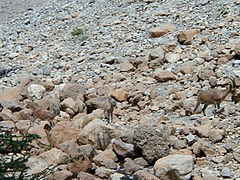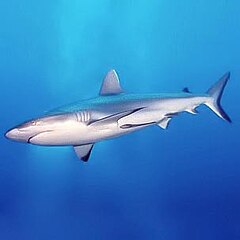
Back Kamoeflering Afrikaans تمويه Arabic Kamuflyaj Azerbaijani Камуфлаж Bulgarian Camuflatge Catalan خۆشاردنەوە CKB Maskování Czech Camouflage Danish Tarnung German Camouflage English




almost invisible (facing right, on the upper left of the nearly-vertical stick). Brazil




Camouflage is a visual disguise. Without it, an animal would be recognised easily. If the natural color of an animal makes it look like its surroundings, that is camouflage. One example is a tiger's stripes in the long grass.
Camouflage is a form of deception. The word camouflage comes from the French word camoufler, which means "to disguise".[1][2]
- ↑ Harper, Douglas (2001). "Online Etymology Dictionary – Camouflage" (php). Etymonline.com. Retrieved 2007-02-22.
- ↑ "Camouflage". Dictionary.com. Lexico Publishing Group, LLC. Retrieved 2007-02-22.